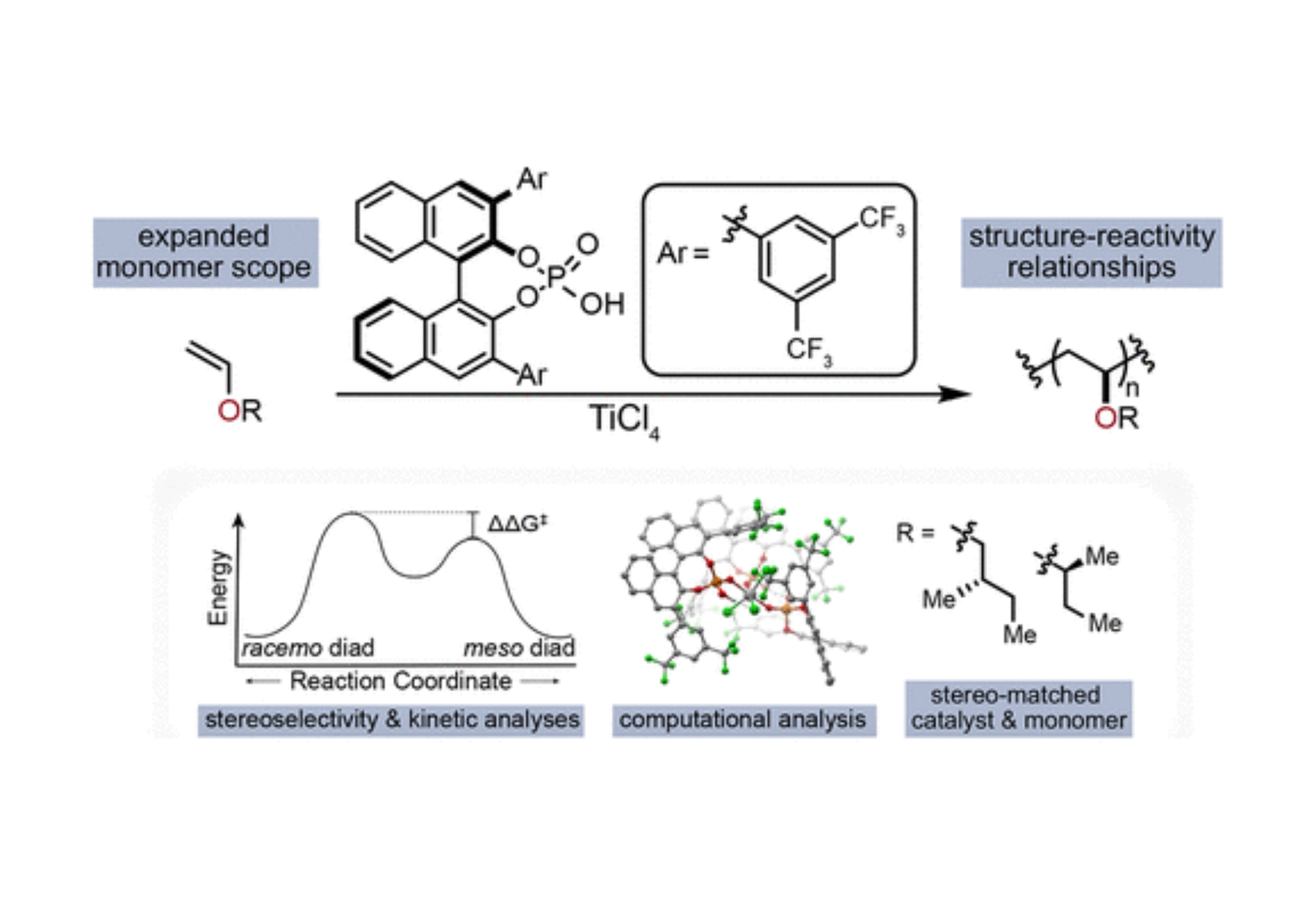Research Archive
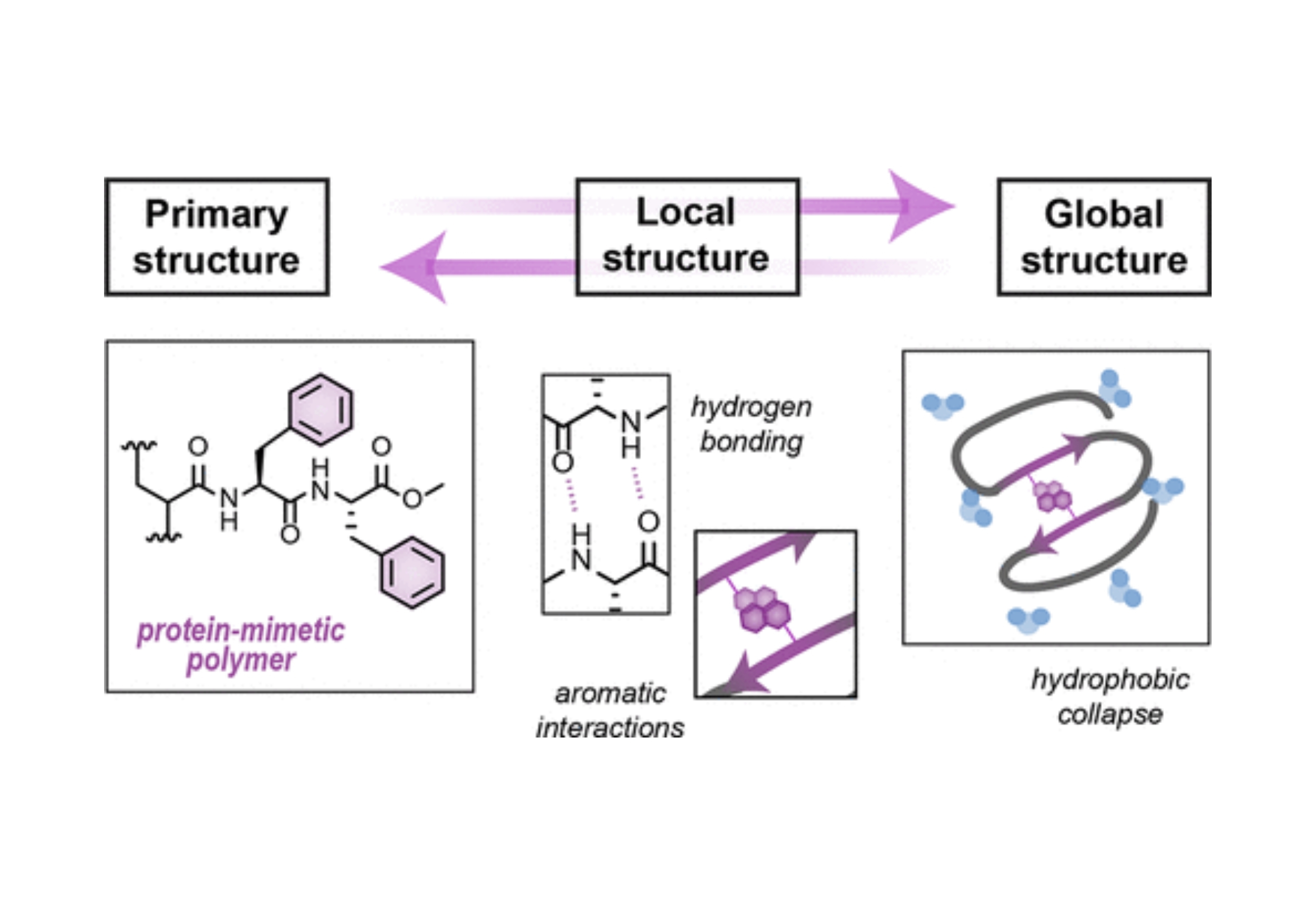
Using a bioinspired di(phenylalanine) acrylamide (FF) monomer, we explored the impact of various noncovalent interactions in generating ordered assembled structures.
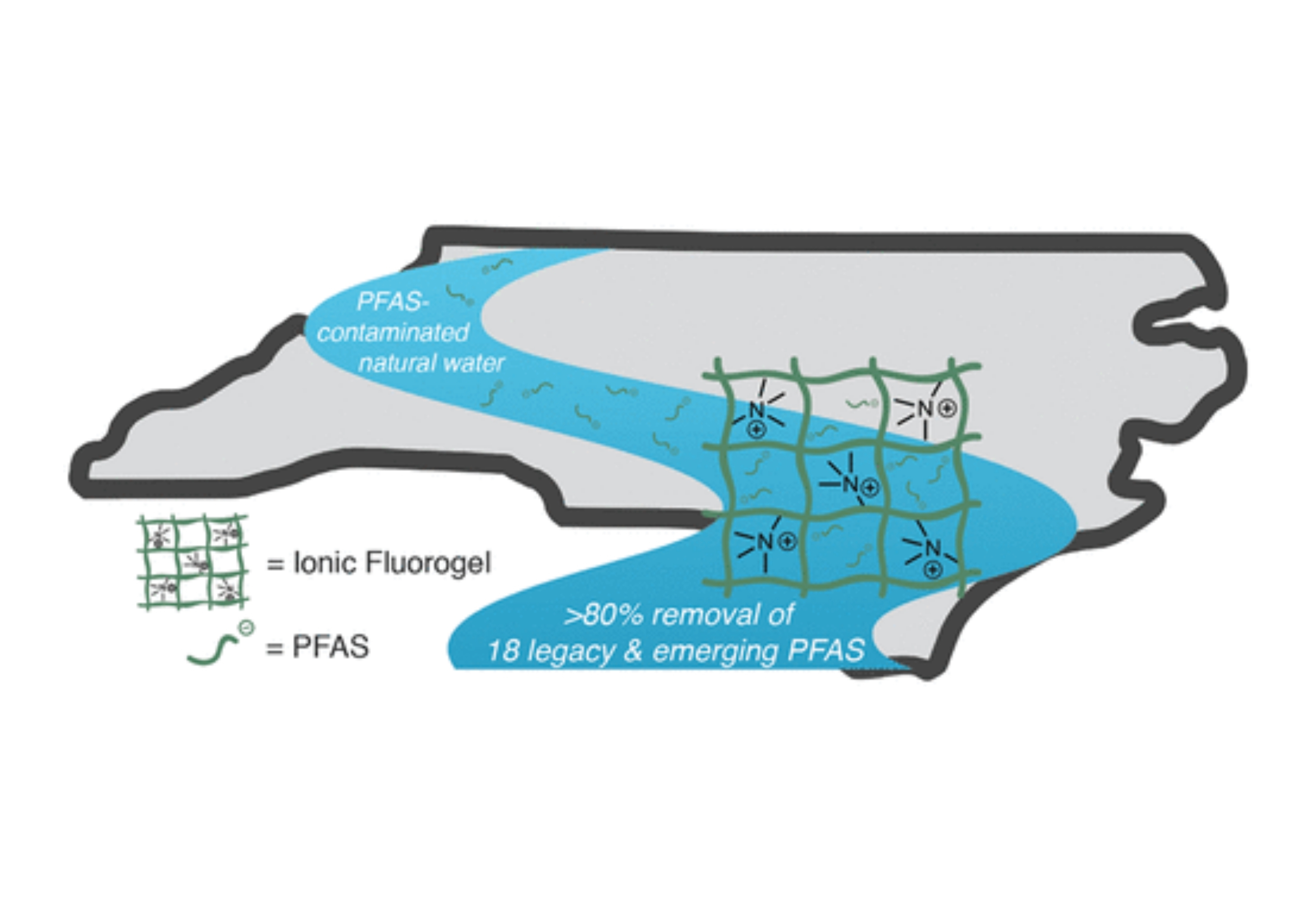
Motivated by the limitations in selectivity and performance of current PFAS removal technologies, we report a platform approach for the development of ionic fluorogel resins that effectively remove a chemically diverse mixture of PFAS from water.
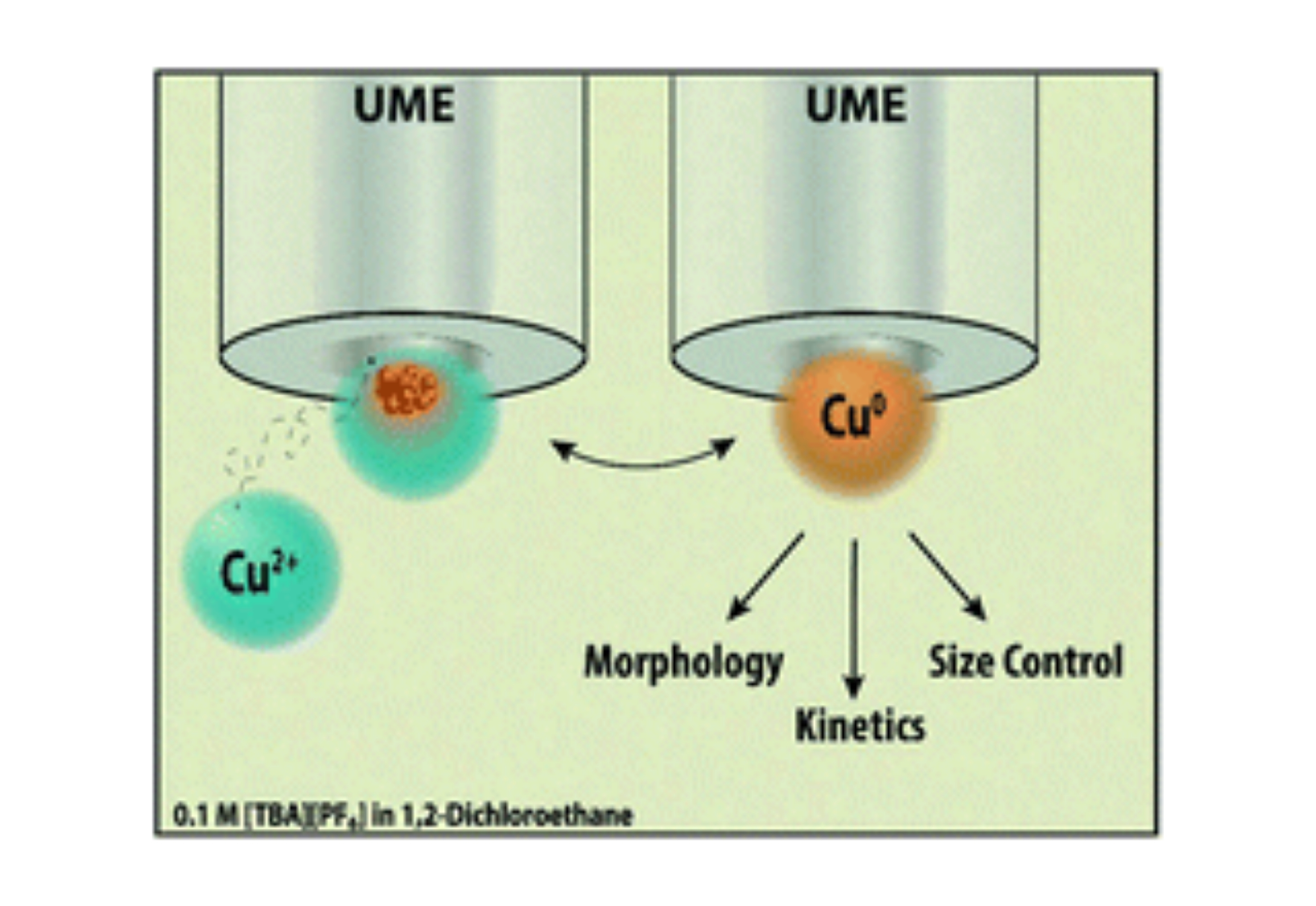
Here, we extend nanodroplet-mediated electrodeposition to the electrodeposition of copper nanoparticles from aqueous nanodroplets suspended in 0.1 M tetrabutylammonium hexafluorophosphate ([TBA][PF6]) and 1,2-dichloroethane.
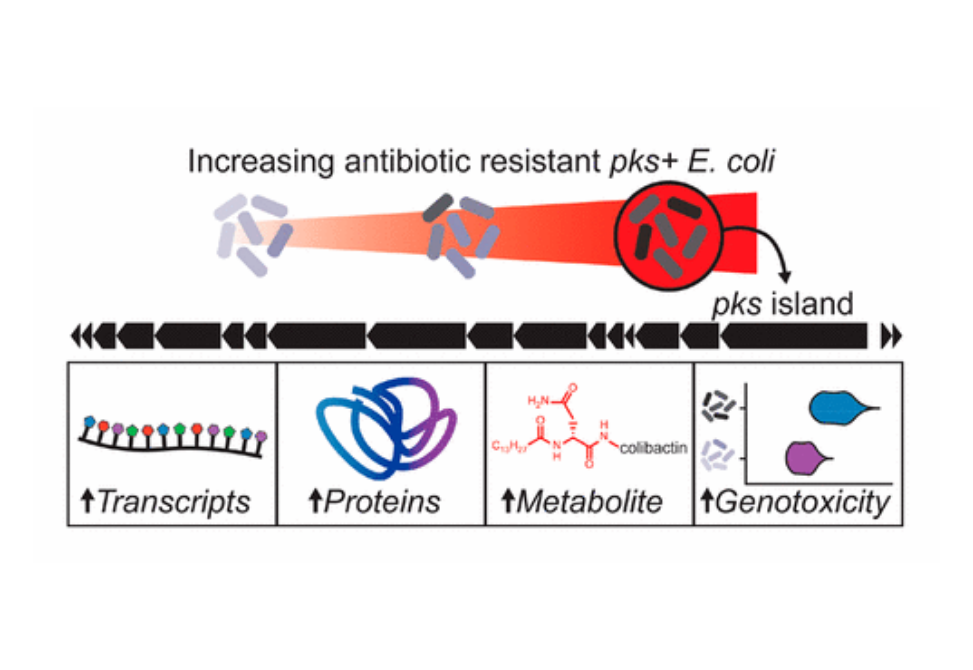
Herein, we demonstrate that polymyxin B, a last resort antibiotic, influences the production of the genotoxic metabolite colibactin from adherent-invasive Escherichia coli (AIEC) NC101.
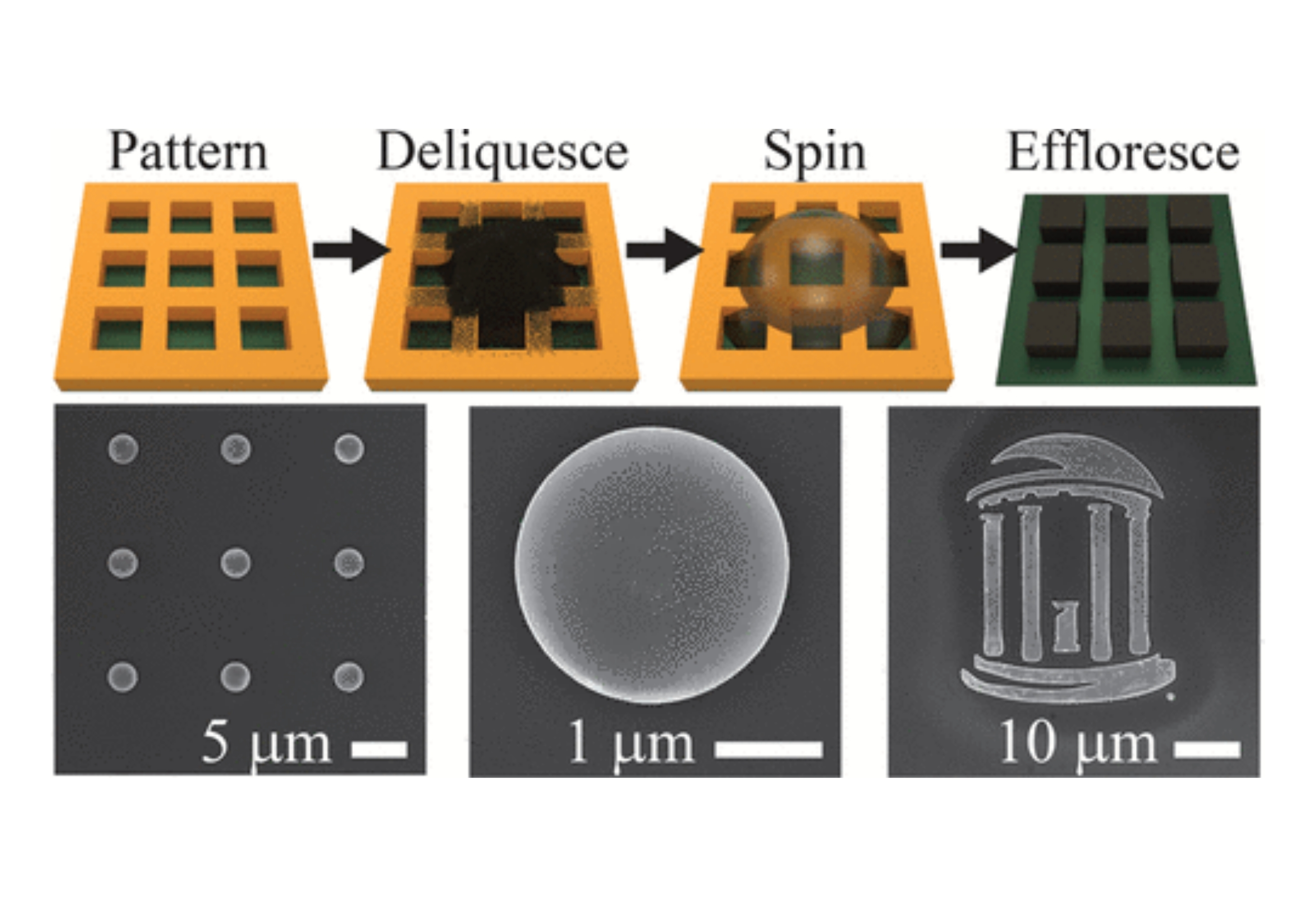
Here, we demonstrate a hybrid top-down/bottom-up approach to patterning single-crystal HP microstructures.
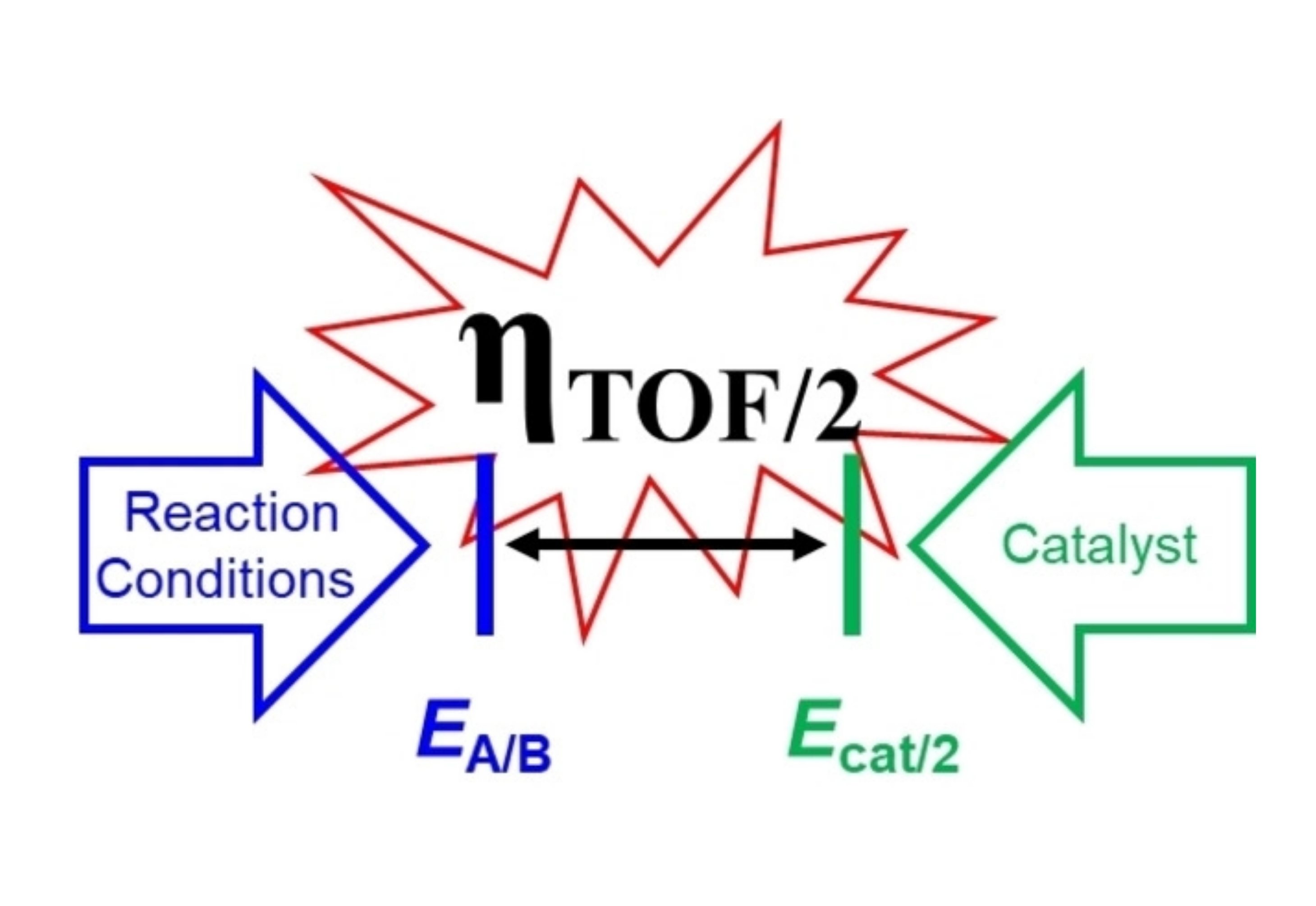
This Review details approaches for the determination of thermodynamic potentials for common fuel-forming reactions and for the determination of electrochemical overpotential, and underscores the need to employ methods that enable meaningful comparisons between molecular catalysts.
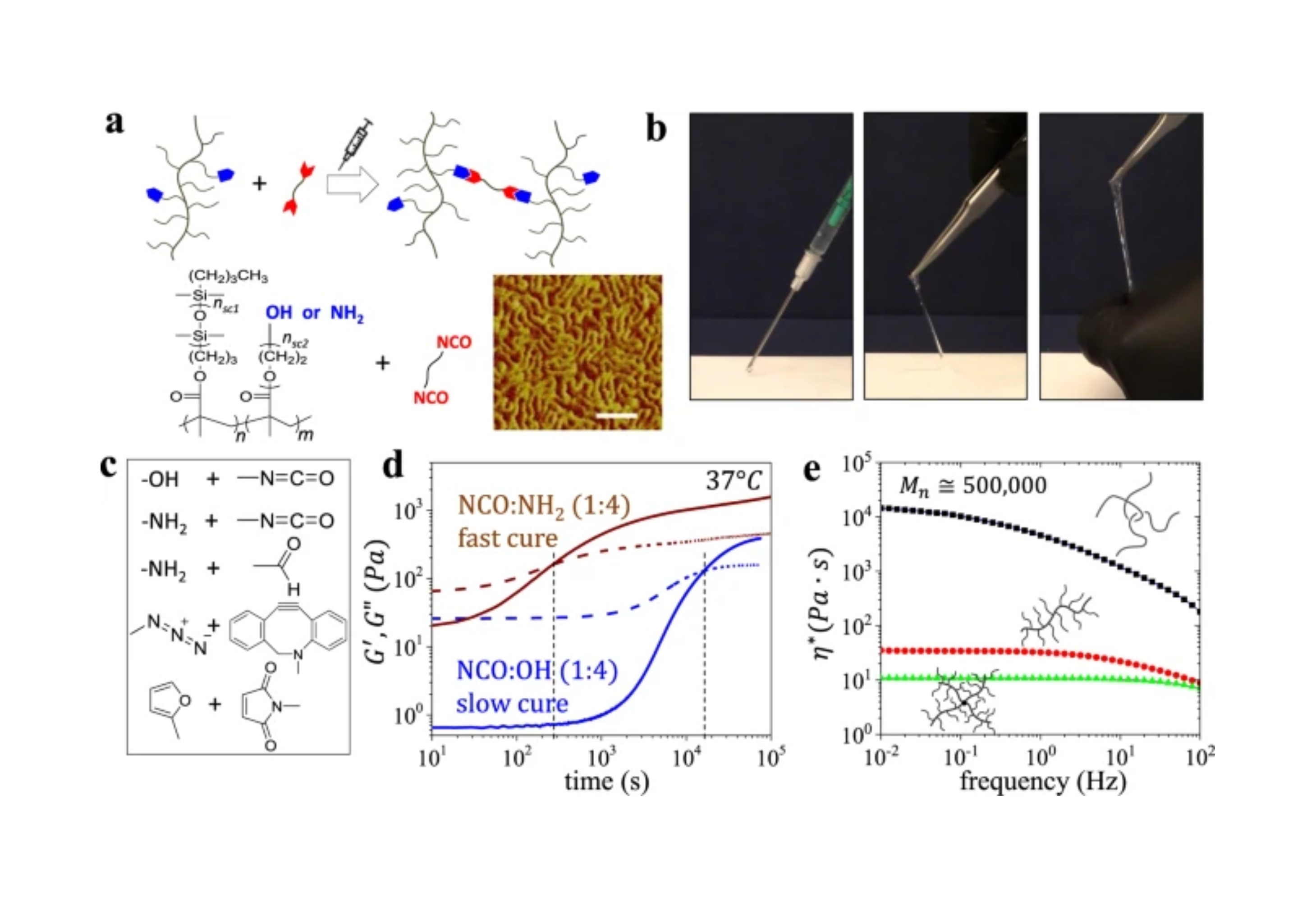
Herein, we leverage the brush-like polymer architecture to design and administer minimally invasive injectable elastomers that cure in vivo into leachable-free implants with mechanical properties matching the surrounding tissue.
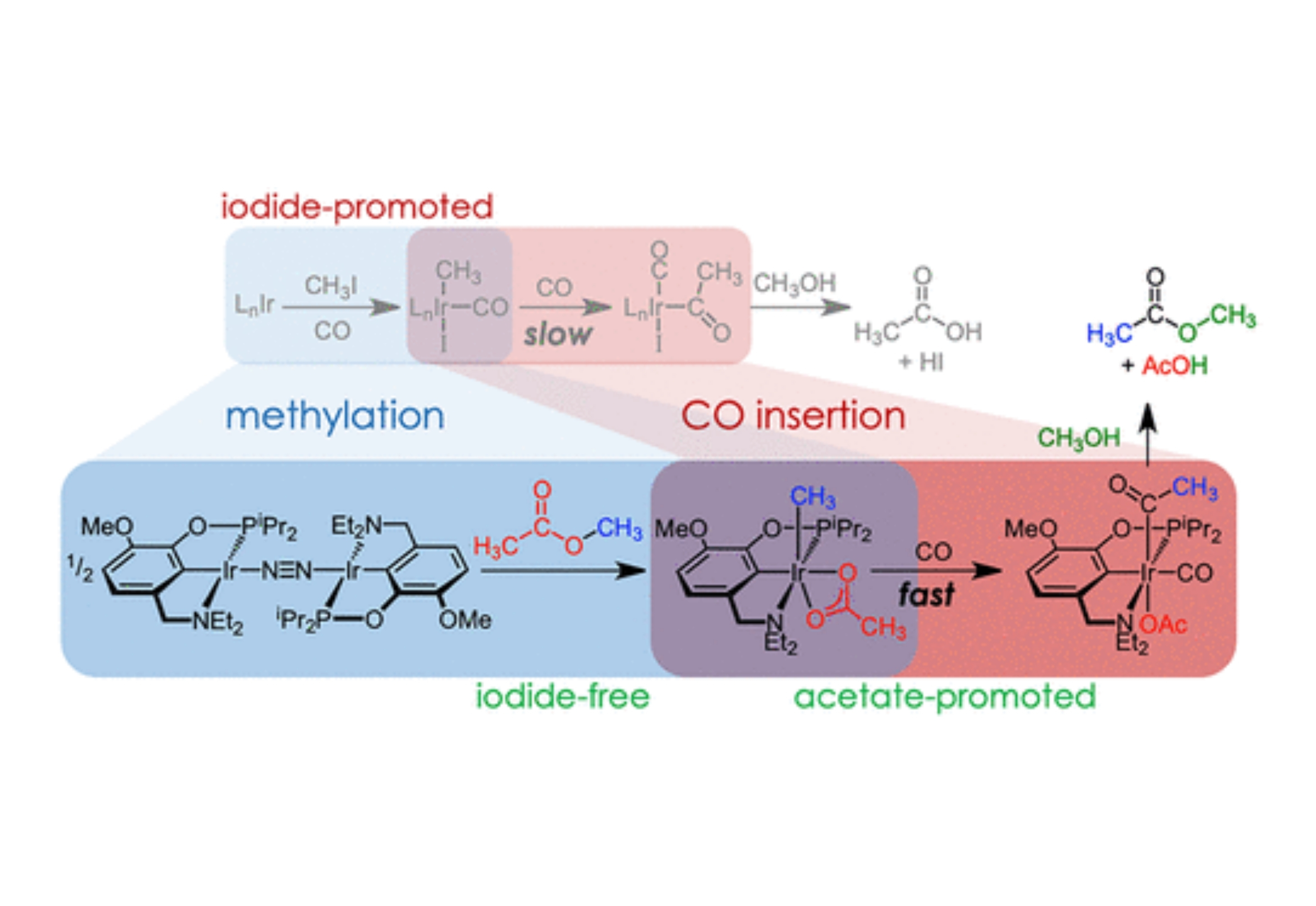
Here we report that iridium pincer complexes mediate the individual steps of methanol carbonylation to methyl acetate in the absence of methyl iodide or iodide salts.
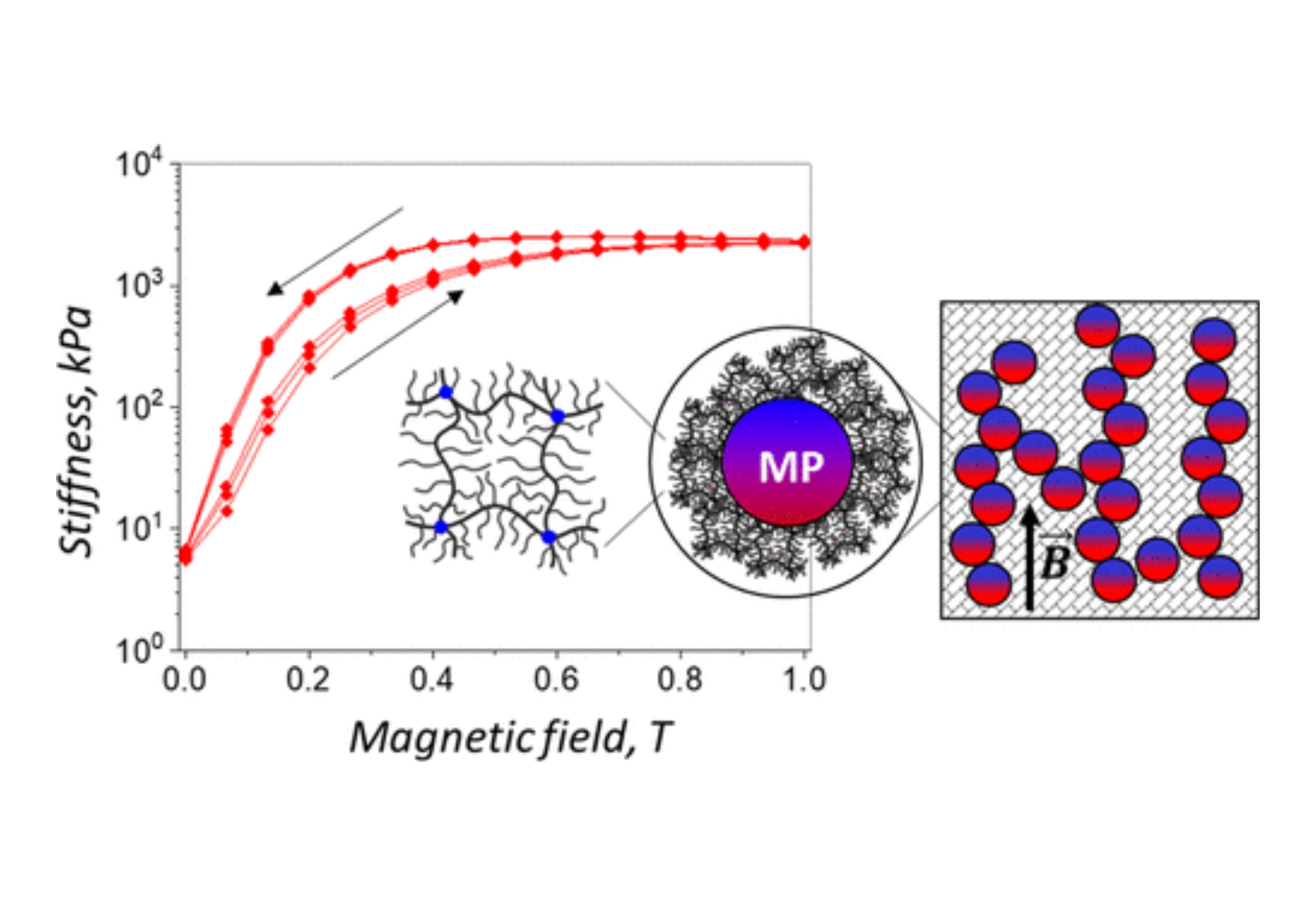
We report on a new class of magnetoactive elastomers (MAEs) based on bottlebrush polymer networks filled with carbonyl iron microparticles.
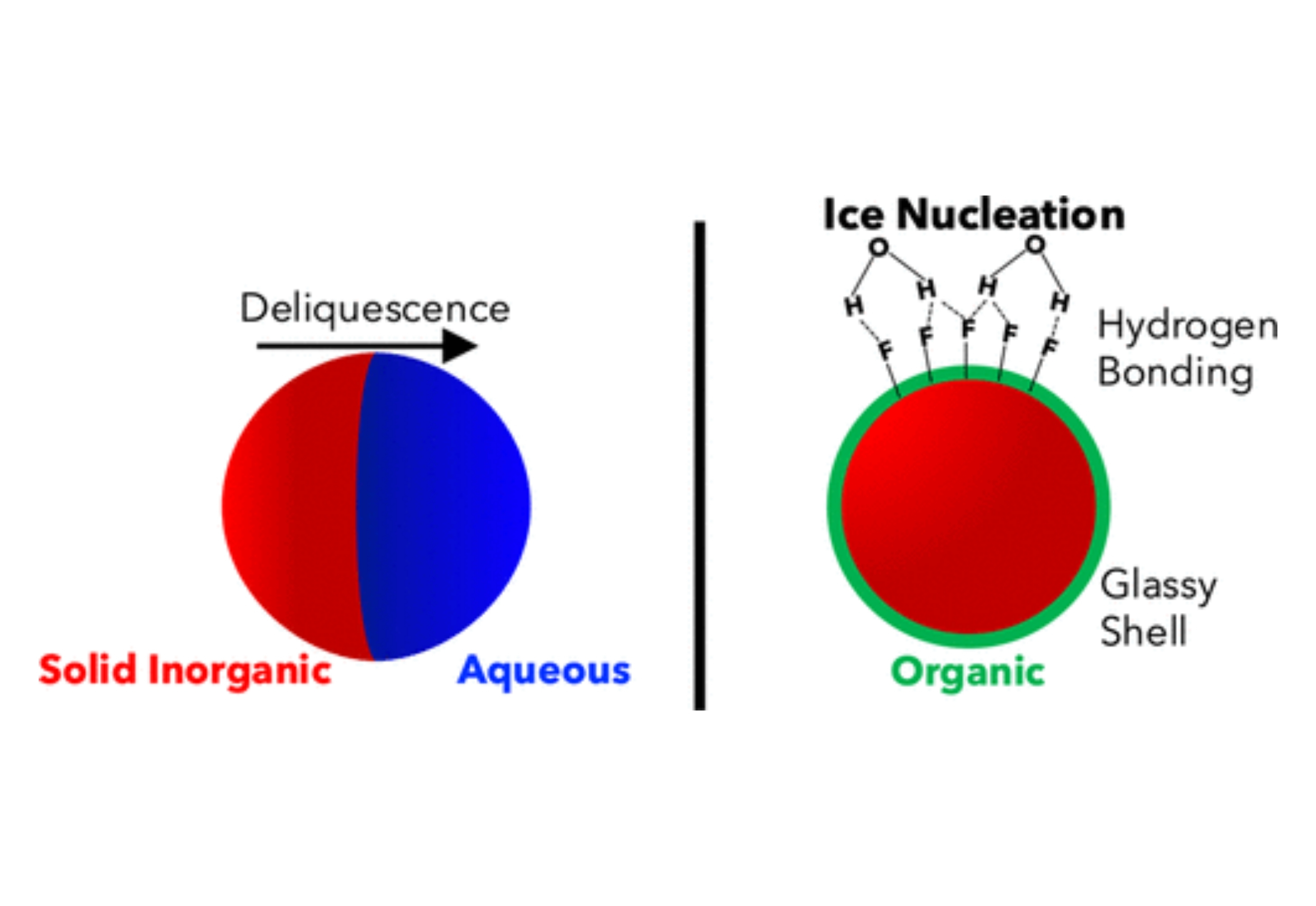
Here, we demonstrate that the addition of common fluorinated pollutants to seawater can enhance the ice nucleation activity of resulting simulated sea spray particles, although we note that ambient sea spray will have additional organic components not considered here.


